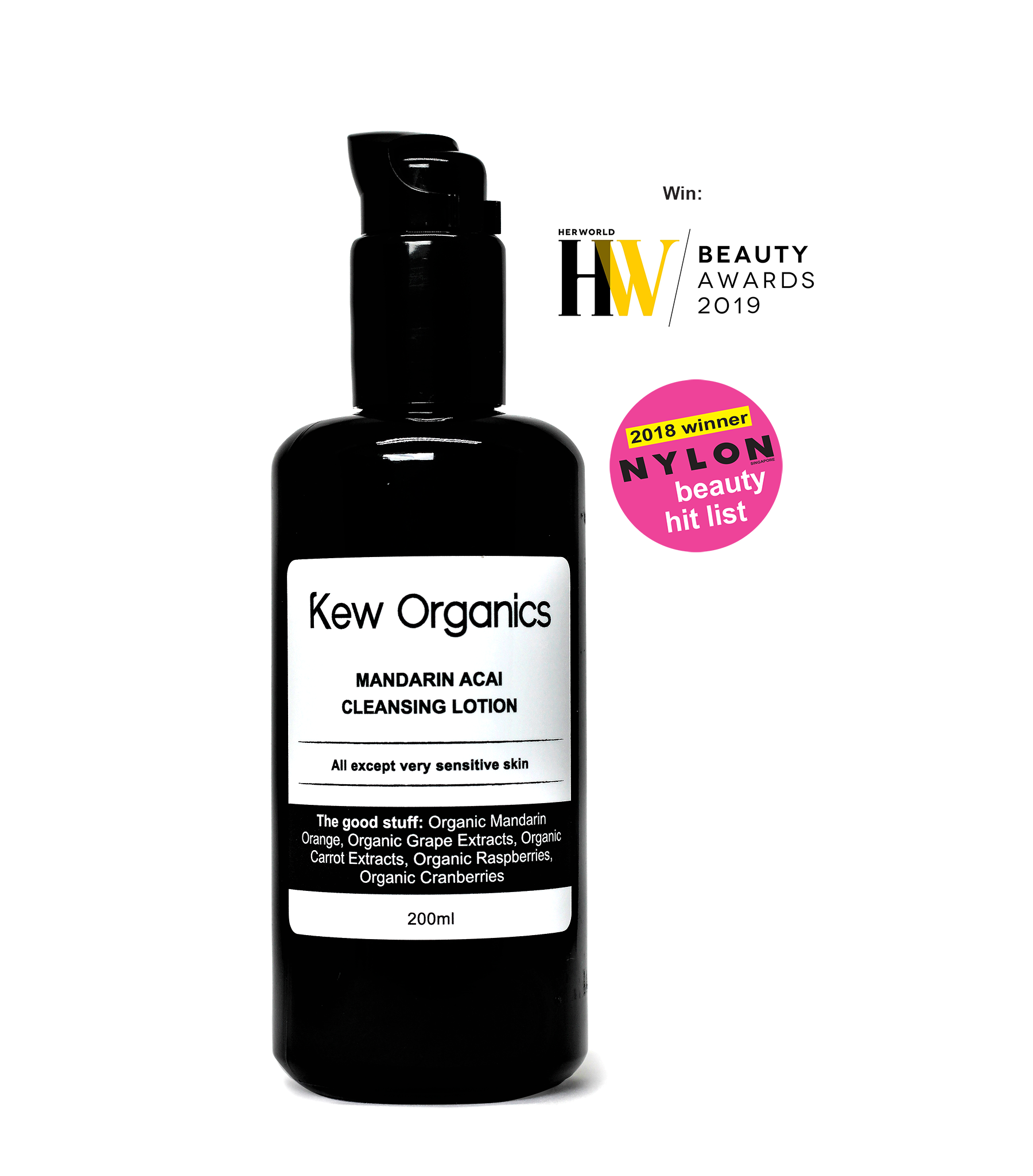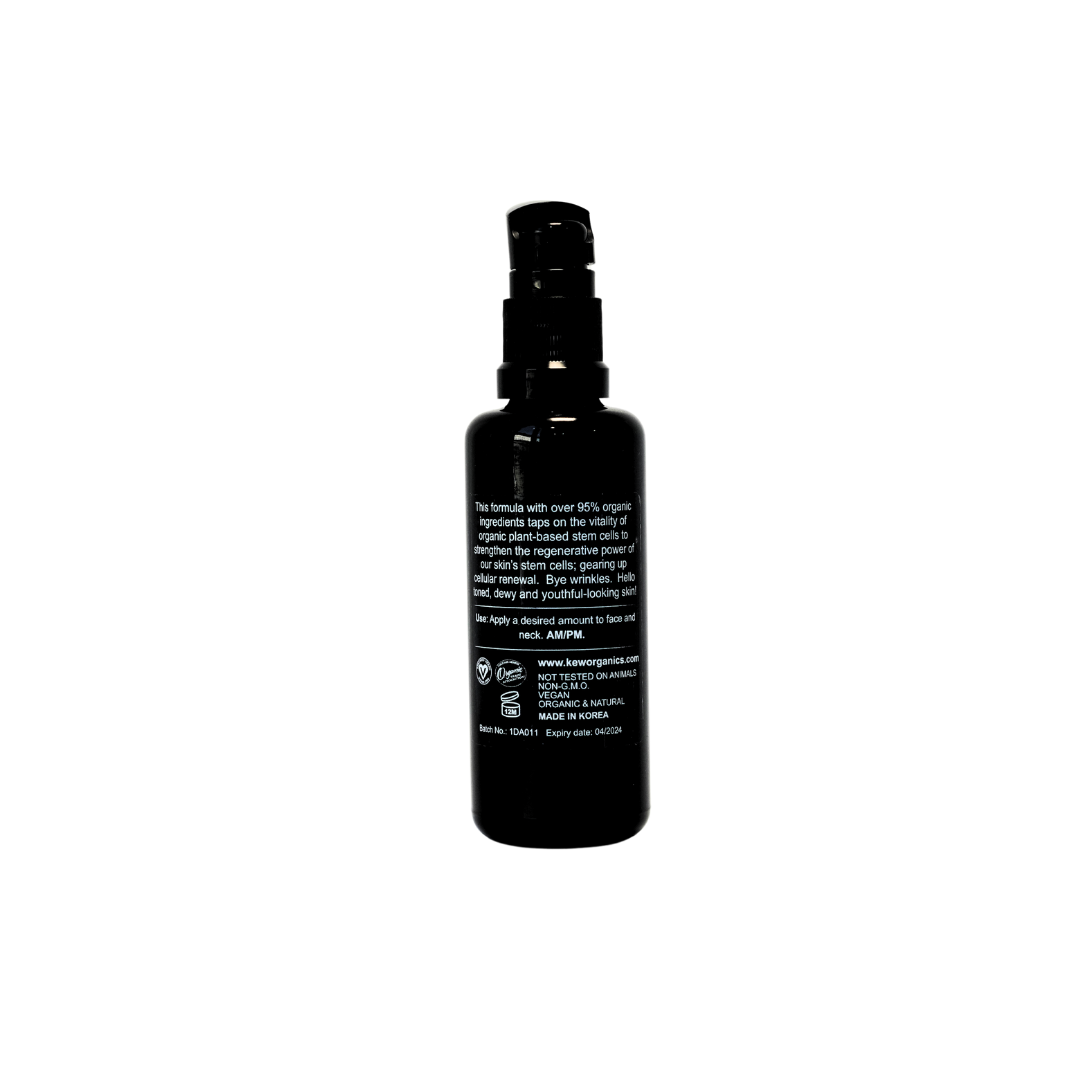What Are “Forever Chemicals” and Why We’re Talking About It

In the pursuit of radiant, clear skin, consumers are often bombarded with a plethora of skincare products promising miraculous results. From serums to moisturizers, the skincare industry is a multi-billion-dollar market that caters to our desire for flawless complexions. However, beneath the glossy packaging and the lofty promises, a hidden danger looms – the presence of “forever chemicals” in skincare products.
What are “forever chemicals”?
Typically called PFAS (per- and polyfluoroalkyl substances), “forever chemicals” are a group of synthetic chemical compounds that have been used in consumer products around the world since the 1950s. They’re used in a wide range of products due to their water and grease-resistant properties, including non-stick cookware, grease-resistant food packaging and waterproof clothing. The same properties that make them useful in these applications have also led to their incorporation into beauty products.
The allure of skin care products containing PFAS lies in their promise of long-lasting effects. Ingredients like perfluorooctanoic acid (PFOA) and perfluorooctane sulfonate (PFOS) are often added to cosmetics to enhance their texture, improve spreadability and provide a velvety finish. These chemicals create a temporary illusion of smoother, softer skin, luring consumers into believing they have found the holy grail of beauty products.
The dangers of “forever chemicals”

However, the dark side of these seemingly miraculous compounds lies in their persistence. Some forms of PFAS can take over 1000 years to degrade, moving through soils and contaminating drinking water sources, building up in fish and wildlife.
When it comes to skincare, these chemicals are not just absorbed by the environment but can also be absorbed by our bodies through topical application. The skin, our largest organ, acts as a permeable barrier, allowing substances to penetrate and enter our bloodstream. Studies have indicated that some PFAS compounds can indeed be absorbed through the skin, leading to the possibility of accumulation in our bodies over time.

The potential health risks associated with exposure to forever chemicals have raised alarm bells among health experts and environmentalists alike given how PFAS are toxic even at extremely low levels. According to the Natural Resources Defense Council, PFAS has now been linked to a wide range of health risks, including cancer, hormone disruption, liver and thyroid problems, interference with vaccine effectiveness, reproductive harm and abnormal fetal development.
In 2020, the National Environment Agency in Singapore banned PFOA, a chemical classified under PFAS, and prohibited the manufacture, import and export of this substance. However, PFAS can still be found in numerous products in our daily life. According to an article published by the CNA, there is no regulation on the level of PFAS in certain products and a lack of published data on this topic. As such, consumers may not have the knowledge needed to select PFAS-free products over the counter.
This means that most of us could be using and consuming products with “forever chemicals” unknowingly.
How you can protect yourself
In light of the dangers posed by “forever chemicals”, it’s imperative that consumers exercise caution and educate themselves about the ingredients they are applying to their skin. Here are some ways you can protect yourself:
Check product labels for ingredients that include the words "fluoro" or "perfluoro"
Be aware of packaging for foods that contain grease-repellent coatings
Avoid or reduce the use of non-stick cookware
Avoid water-resistant clothing or fabric
To sum it all up, the use of “forever chemicals” in skincare products represents a complex and concerning issue. As consumers, we wield the power to drive change through our purchasing decisions and demand for safer alternatives. By making informed choices in your purchase of skincare and supporting brands that prioritize transparency, we can better navigate the world of skincare with greater awareness and confidence while keeping ourselves safe.
References:
Molly M. Ginty, C.L. (2023) ‘Forever chemicals’ called pfas show up in your food, clothes, and home, Be a Force for the Future. Available at: https://www.nrdc.org/stories/forever-chemicals-called-pfas-show-your-food-clothes-and-home (Accessed: 15 August 2023).
Pfas - the ‘forever chemicals’ (no date) CHEM Trust. Available at: https://chemtrust.org/pfas/ (Accessed: 15 August 2023).
Ragnarsdóttir, O., Abdallah, M.A.-E. and Harrad, S. (2022) ‘Dermal uptake: An important pathway of human exposure to perfluoroalkyl substances?’, Environmental Pollution, 307, p. 119478. doi:10.1016/j.envpol.2022.119478.
Roberts, J. (2022) Commentary: How to protect yourself when the threat of ‘forever chemicals’ is everywhere, CNA. Available at: https://www.channelnewsasia.com/commentary/toxic-forever-chemicals-everyday-products-food-water-cancer-health-3001461 (Accessed: 15 August 2023).




































